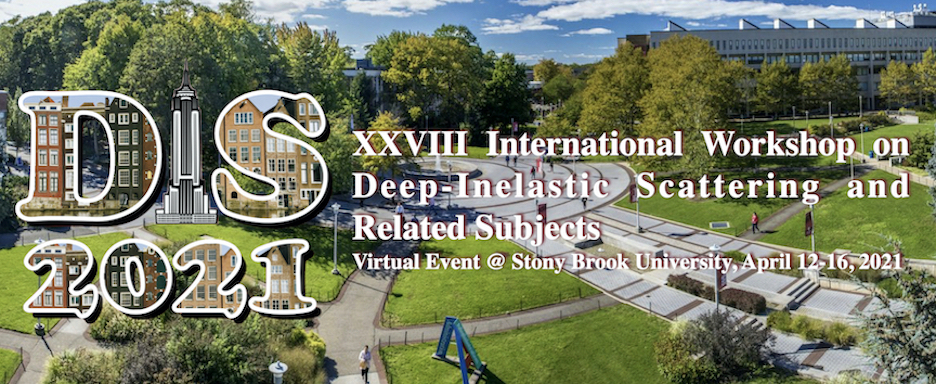Speaker
Description
Studies on the production of light- and heavy-flavour baryons are of prominent importance to characterise the partonic phase created in ultrarelativistic heavy-ion collisions and to investigate hadronization mechanisms at the LHC, in particular through the study of the evolution of the baryon-over-meson production ratio as a function of the transverse momentum. Measurements performed in pp and p-Pb collisions at the LHC, have revealed unexpected features, qualitatively similar to what observed in larger systems and, in the charm sector, not in line with the expectations based on previous measurements from e+e- colliders and from DIS measurements in e-p collisions at HERA.
These results challenge assumptions on charmed baryon formation and show a baryon-over-meson ratio dependency on the collision system. Hints of non-universality of the fragmentation functions are also seen when comparing beauty-baryon production measurements at the Tevatron and LHC with those at LEP. Models that better reproduce the charmed baryon-to-meson ratio in pp collisions invoke enhanced color reconnection mechanisms or coalescence (recombination) schemes, or expect a significant contribution to $\Lambda_c$ yield from decays of heavier charm-baryon states.
The ALICE detector is well suited to detect charmed baryons down to low $p_{\rm T}$ thanks to the excellent tracking capabilities and state-of-art particle identification. $\Lambda_c$ baryons are reconstructed in the hadronic decay channels $\Lambda_c\rightarrow pK^0_s$ and $\Lambda_c\rightarrow pK\pi$ by means of machine-learning methods. The $\Sigma_c$ and $\Xi_c$ baryons via semi-leptonic or hadronic decay channels.
A review of ALICE extensive measurements of protons, hyperons and charmed baryons, including, in the pp system, the measurement of $\Lambda_c$ production as a function of charged-particle multiplicity, will be presented. Comparison to phenomenological models and to previous measurements at DIS experiments will be also discussed. Emphasis will be given to the discussion of the impact of these studies on our understanding of hadronization processes and the total charm production at LHC center-of-mass energies.

